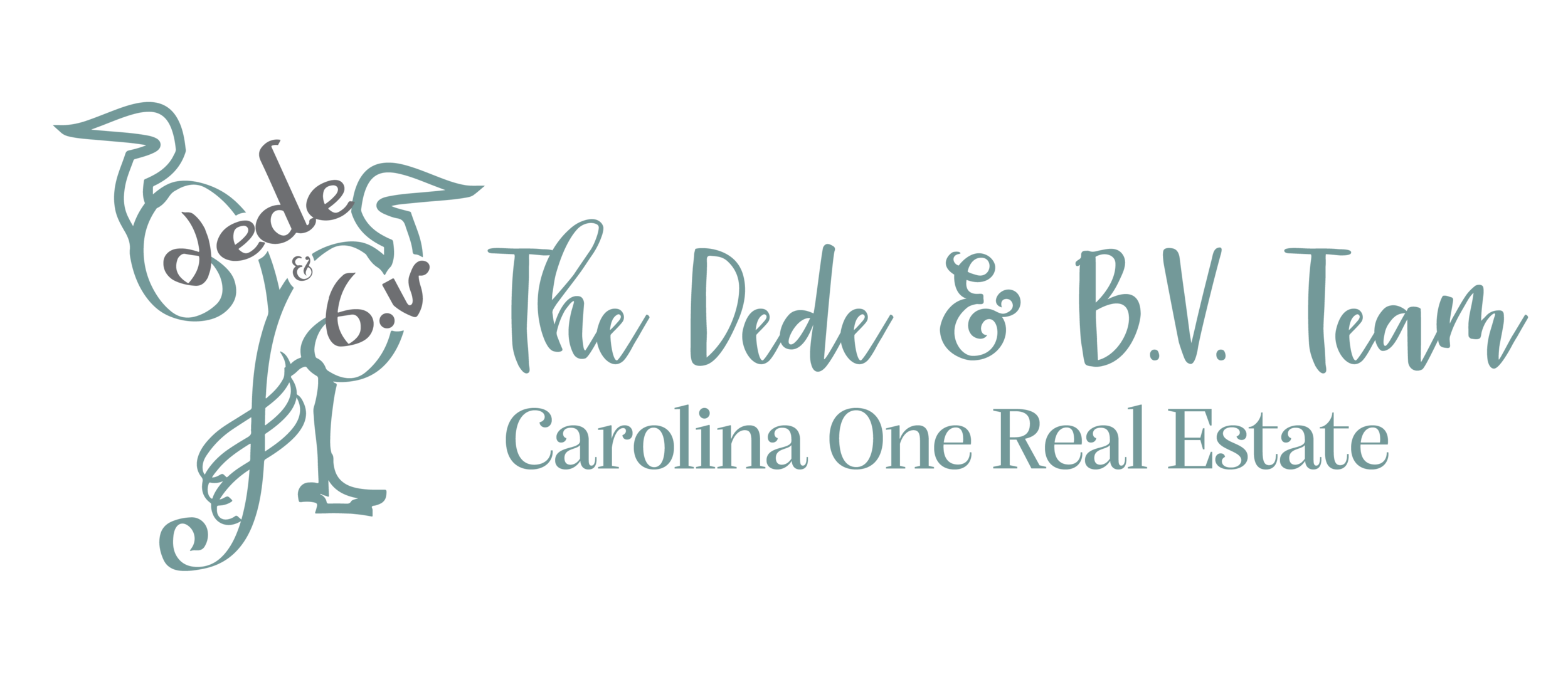Staging Success Stories
Our team defines staging as the practice of arranging a home's furnishings and accessories for optimal marketing and showing. There are two types of stagings we offer our clients.
Occupied Stagings
The way you live in a home and the way you show a home are vastly different! You really couldn't live in a staged home because there wouldn't be bath mats, trash cans, pet beds or even paper towels. A successfully staged home may feel sterile to the owner, but that's the point. By removing the owner's personality and presence, a buyer can visualize themselves in the property. That being said, we still incorporate many of the sellers' things to preserve a touch of their style and personality. Buyers do like to get a sense of who lives there. Occupied stagings include 3 phases:
1. Decluttering: Owner packs up all personal photos, mementos, and excess decorative items.
2. Arranging: With photography in mind, we identify any furnishings that need to be removed.
3. Decorating: Final tweaks where we bring in art/accessories to bring life back into the space.
Vacant Stagings
Staging is perhaps more important in vacant homes. Our teammate Sarah recently had buyers who saw a vacant home and ruled it out. Then the sellers staged the house, and when Sarah brought them back, they fell in love and bought it! Buyers can struggle to see the potential of a home when it's empty. It can be hard to gain perspective on room size and what furniture will fit. Also, photographs of an empty house really don't translate well. Buyers can't tell what room they are looking at. We always recommend bringing in basic furnishings, even if it's just for the photos and first few weeks on the market. The style of the furnishings need to match the home style. You wouldn't bring coastal/beachy furniture into a craftsman style bungalow. And you wouldn't hang art featuring snowy mountain landscapes in a Charleston property.
The results speak for themselves. Staged homes sell faster and for more money. We believe so strongly in staging, that we don't list houses without staging them.
Staging Successes
Eliminating unnecessary furniture may create "holes" in the seller's eyes, but buyers see the floorplan flexibility.
Purpose takes precedent. If a room makes more sense as a dining room, it shouldn't be furnished as an office.
Design features that can't be easily changed must set the tone. If the room has whimsical wallpaper, it will show better furnished as a kids room, not a guest room.
Size matters. Especially when it comes to kitchen tables, which shouldn't be too big for the space.
White bedding whenever possible. Pops of color are welcome, but white comforters always show best.
Sparse trumps cluttered. When it comes to built-ins, leave some shelves empty and thin out the decorative items left.
Bed direction. When you enter a bedroom, the headboard should face you.










